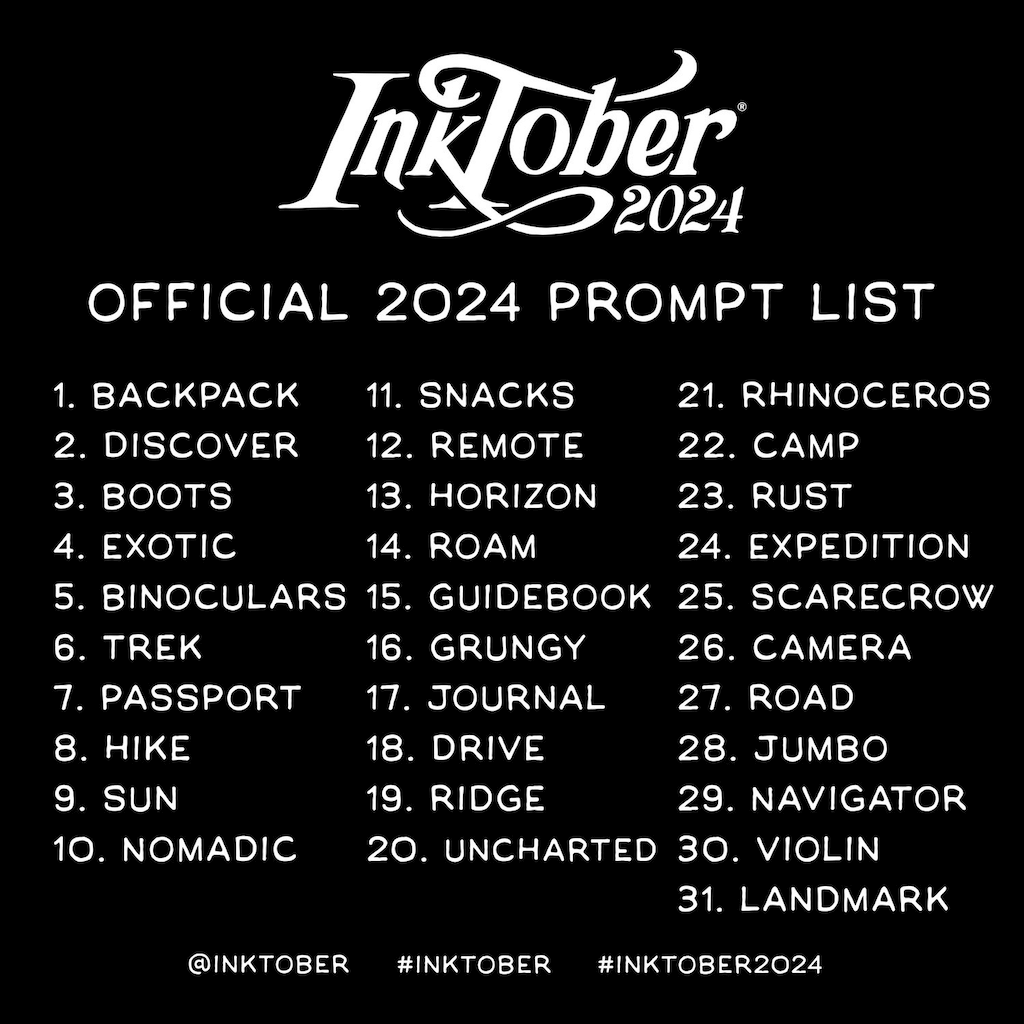Redacting sensitive information when using Generative AI models
As we are making our apps smarter with the help of Large Language Models, we must keep in mind that we are often dealing with potentially sensitive information coming from our users. In particular, in the context of chatbots, our application users have the ability to input any text in the conversation.
Personally Identifiable Information (PII) should be dealt with the highest level of attention, because we care about our users, we don’t want to leak their personal details, and we must comply with all sorts of laws or regulations. In a word, we are responsible AI developers.
Read more...
